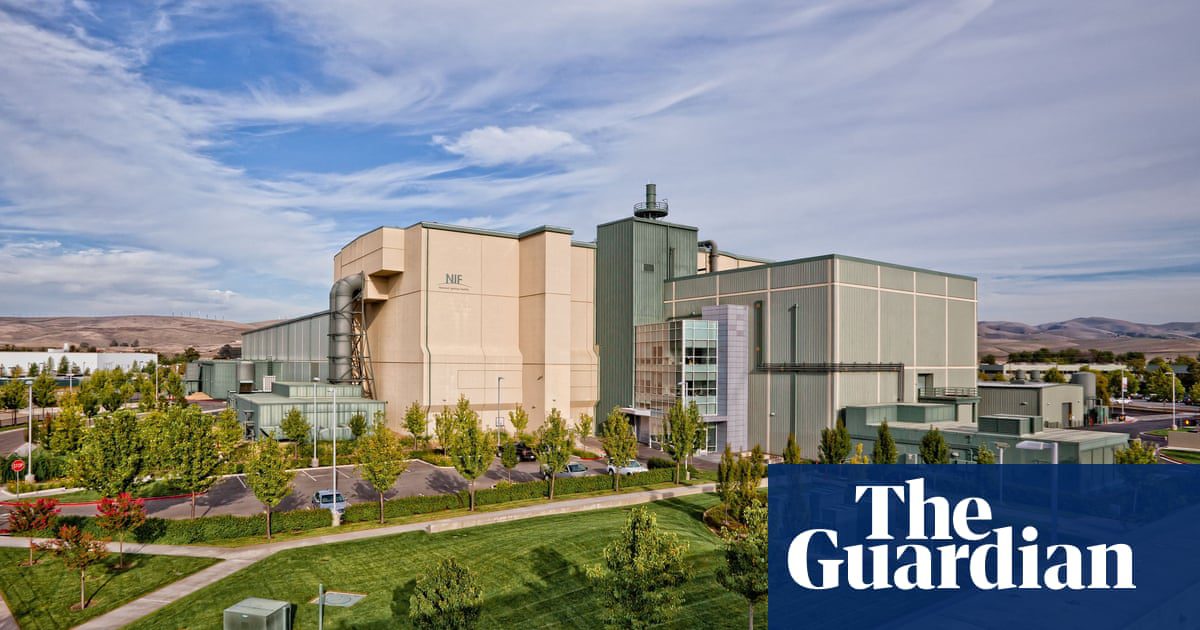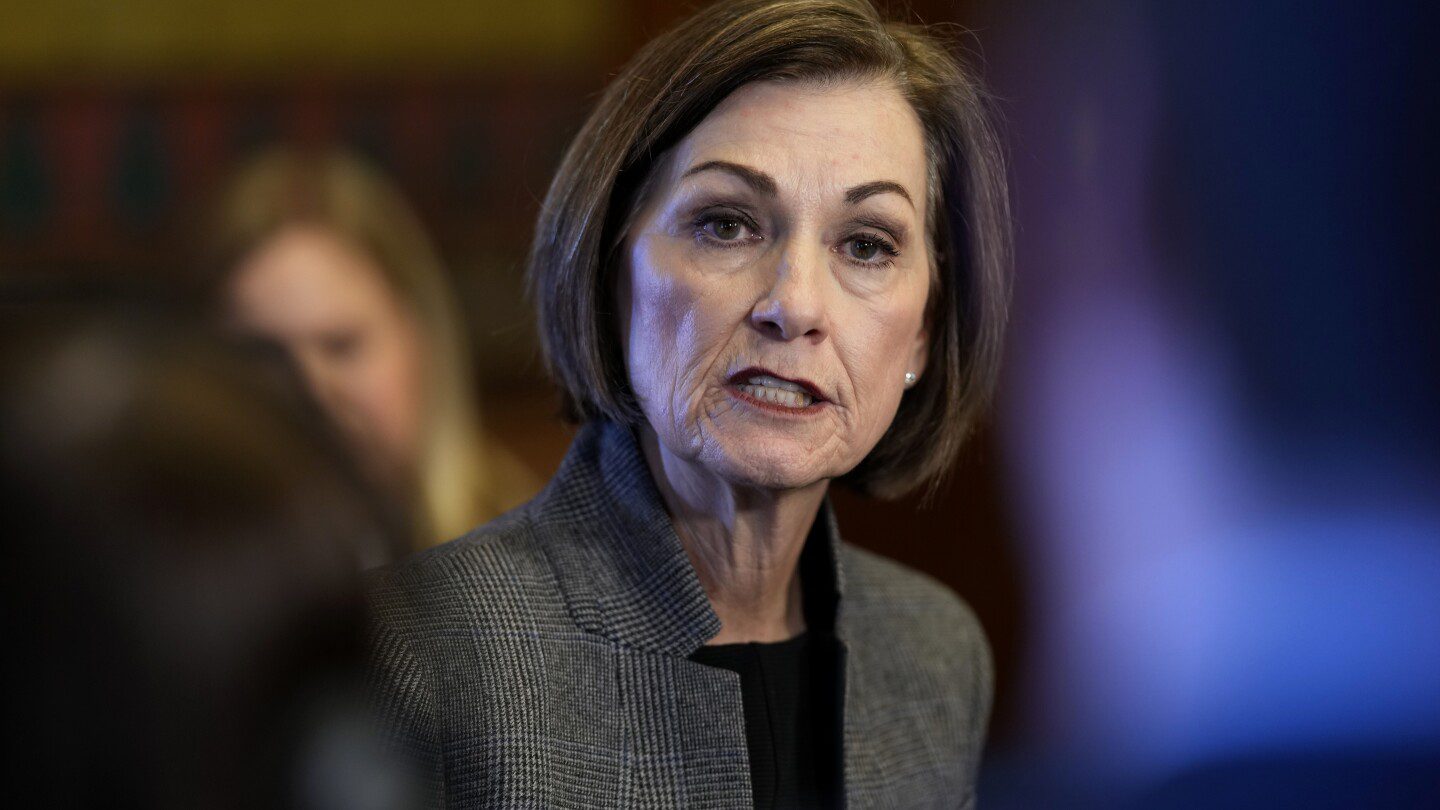

The U.S. National Nuclear Security Administration (NNSA), tasked with managing nuclear weapons, is actively seeking to reach out to employees who were recently laid off as part of the Trump administration’s budget reductions but are now needed to return to work.
NNSA officials have been attempting to inform certain probationary workers about their reinstatement but have encountered difficulties due to missing contact details. An email from the agency stated, “We are rescinding termination letters for some NNSA probationary employees; however, we do not have an effective method to contact them.”
The notice continued, urging supervisors to help distribute contact information to these employees through their personal emails once they are able to receive it.
The NNSA operates under the Department of Energy and oversees significant facilities, including the Lawrence Livermore National Laboratory in California, responsible for the safety of nuclear warheads, and other key locations like the Los Alamos National Laboratory in New Mexico, the Pantex Plant in Texas, and the Y-12 National Security Complex in Tennessee, which produces components for enriched uranium in nuclear weapons.
With an annual budget of $25 billion, the NNSA manages over 65,000 federal and contractual staff across the country. According to projections, the U.S. is expected to spend about $756 billion on its nuclear forces from 2023 to 2032, as reported by the Congressional Budget Office.
In response to global nuclear threats, the Biden administration last year endorsed a nuclear strategy to address potential coordinated confrontations with Russia, China, and North Korea. Additionally, it altered the longstanding “no first use” policy two years earlier.
The 2022 U.S. Nuclear Posture Review emphasized that the American nuclear arsenal is designed to complicate adversarial decision-making, potentially deterring them from escalating crises into armed conflict or considering nuclear engagement.
Last week, Trump expressed his commitment to advancing denuclearization efforts globally once situations in the Middle East and Ukraine are resolved. He stated at the White House, “There’s no necessity for us to be developing brand-new nuclear weapons when we have such an extensive existing stockpile capable of worldwide destruction many times over.”
He further remarked, “We’re investing vast resources that could be redirected toward more constructive initiatives.”
As of September 2023, the U.S. is believed to possess 3,748 nuclear warheads – a significant reduction from 22,217 in 1989 and 31,255 in 1966, according to the Department of Energy. Meanwhile, Russia reportedly holds about 4,380 nuclear warheads, and China has an estimated arsenal of roughly 600, as stated by the Federation of American Scientists.
Recently, Trump indicated his interest in initiating discussions on denuclearization with Russia and China at the World Economic Forum in Davos, Switzerland. He commented, “Enormous amounts are being allocated for nuclear capabilities, and the extent of this destructive power is not a comfortable topic for discussion today.”








